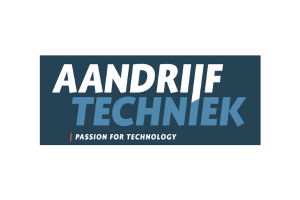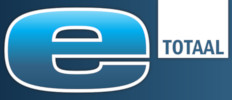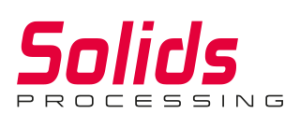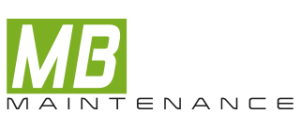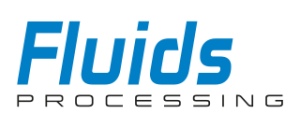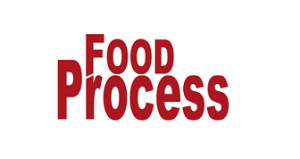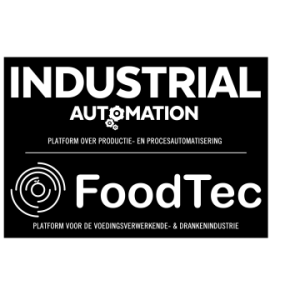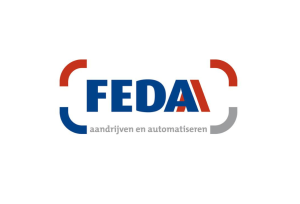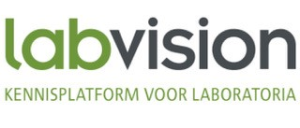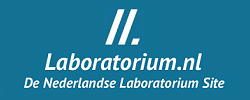World of Industry Seminar
Water Alliance, sustainable use of industrial water
Friday September 27 09:50 – 13:00
LOCATION: World of Industry (Hall 8)
Industrial or process water is water that is used in the process industry within the walls of a factory and has many forms and sources. From water to clean installations to water for steam or water as an ingredient, it all has its own requirements and wishes in terms of sources and (pre)treatment. Drinking water, groundwater or surface water is usually used as a source. When water leaves the process, it often still contains energy and substances that may have value, but in many cases these are simply flushed into the sewer. However, water availability is under pressure and drinking water use per capita must decrease to 100 liters per day in 2035 (currently 125 liters). Major consumers must achieve a reduction of 20% compared to the reference period 2016-2019 and low-quality use of drinking water is limited. This is stated in the National Drinking Water Savings Action Plan that was sent to the House of Representatives on June 24.
In this session of Water Alliance with six of its members (namely Bürkert, Cirtec, Endress+Hauser, FieldFactors, Hach and Pathema) we will discuss alternative sources, recovery of components; treatment of cooling water and the correct measuring methods in your process.
Program
Rainwater as a source for industrial water
We try very hard to drain rainwater as quickly as possible. That’s how it used to be! But we need to let go of this linear way of thinking and become more circular. Retaining and using rainwater could be the way to ensure the security of water supply for our industry.
Carrying rainwater to the sea is something we have done for 700 years and has yielded us a lot. We are known worldwide for our water management and have been able to develop our economy and agricultural sector well as a result. If we want to continue doing this in the future, the drainpipe must be turned!
Ruben Wentink – FieldFactors
Process water for food products
Water plays an important role in the food industry, for example: as a raw material for the end product, for cooling or heating, or for cleaning, each with a water treatment tailored to the application.
For all these specific applications it is necessary to measure, regulate and monitor the various processes. Bürkert is happy to think along with you as a partner!
From Austrian mountain trout to global circular and chemical-free cooling.
Mark Boeren, CEO of Pathema, explains how an age-old natural process has resulted in a groundbreaking step in the (cooling) water transition. In the duration of this presentation, we will solve the drinking water shortage in the Netherlands and restore the quality of our surface waters. Because drinking water abuse and the discharge of waste water with chemicals is no longer acceptable in this day and age. The ever-increasing public pressure and new laws and regulations require change. Cooling can easily be made more sustainable, safer and cheaper.
Mark Boeren – Pathema
Waste water or not…..
Many production companies have to deal with a wastewater flow. This water is often discharged into the sewer, possibly pre-purified in their own water purification plant. There are also companies that succeed in purifying the water to such an extent that it may be discharged into surface water. But is more possible with this water? Can we reuse this water or particles from this (waste)water? What is possible with the rotating belt screens from CirTec?
Increase the efficiency of water removal from wastewater sludge
In order to remove water from sludge in the most efficient way, the percentage of dry matter must be measured. This is often done in a time-consuming way by analyzing samples in a laboratory. This means that the manager is by definition lagging behind. A better way to keep a finger on the pulse is to continuously measure the total amount of solids inline. Managers can then react quickly to process changes and implement optimizations. Endress+Hauser has succeeded in developing a new measuring instrument for exactly this application. In this lecture we will show the application and explain how it works.
Anita van Rooijen – Endress+Hauser
Optimize nutrient dosing in your wastewater using TOC measurements
TOC as a main parameter helps you to optimize the nutrient dosage and thus increase the purification efficiency. This allows the stricter effluent requirements to be met more consistently, with maximum control over the purification process.
Maikel Latten – Hach
